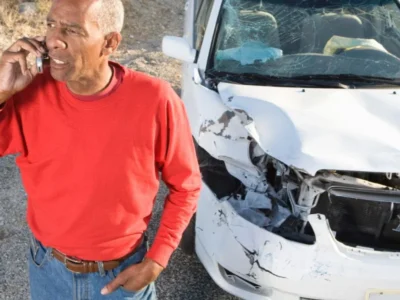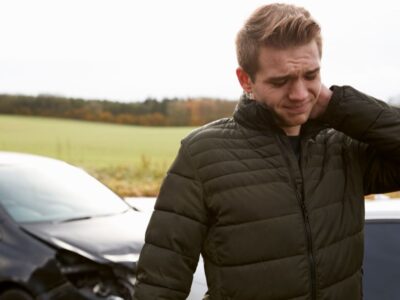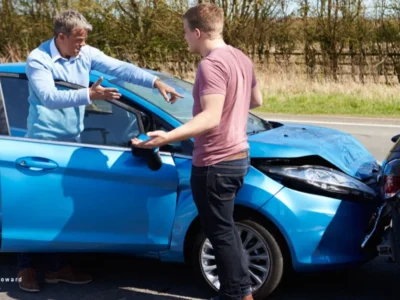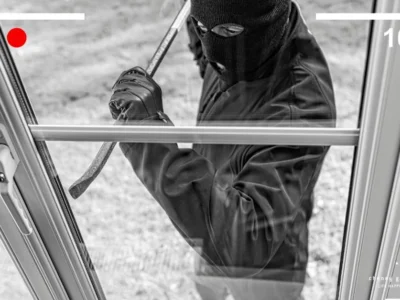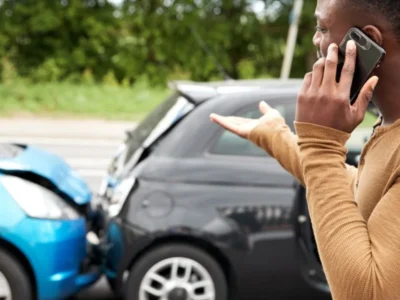Medical Malpractice vs Medical Negligence – Key Differences
Key Takeaways Understanding the Difference Between Medical Malpractice and Medical Negligence Medical malpractice and medical negligence are terms frequently used interchangeably, but they have distinct legal definitions that significantly impact patient rights. Medical negligence refers to any situation where a healthcare provider fails to meet the accepted standard of care, causing harm to a patient. This encompasses a wide range …



